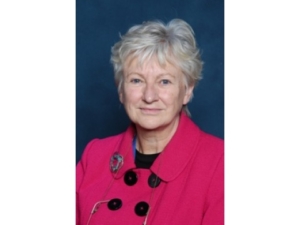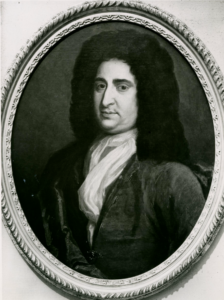Three-and-a-half centuries of ‘Education for All’ in Peel
 Professor Angela Little followed up on her presentation to us last time about the history of ‘Education for All’ in the south of the Island by extending her research to Peel. Education here has been strongly linked with Philip Christian, born in 1593, and whose family home in Rheast Lane is still preserved as an ancient monument. After developing his skill as a linen weaver at Union Mills, Philip Christian went to London where he changed to working with wool, becoming a successful merchant and member of the Worshipful Guild of Clothworkers.
Professor Angela Little followed up on her presentation to us last time about the history of ‘Education for All’ in the south of the Island by extending her research to Peel. Education here has been strongly linked with Philip Christian, born in 1593, and whose family home in Rheast Lane is still preserved as an ancient monument. After developing his skill as a linen weaver at Union Mills, Philip Christian went to London where he changed to working with wool, becoming a successful merchant and member of the Worshipful Guild of Clothworkers.
Philip Christian had established a school in the present Market Street in Peel in 1641. On his death in 1654, he left a bequest to provide education in Peel, providing there was not already a school – but there was, one which he himself had provided money for! A little sleight of hand, closing that school for a time, led to his bequest being honoured.
In later years, Bishop Baptista Levinz was instrumental in persuading the Guild of Clothworkers to continue to fulfil the terms of Philip Christian’s bequest, and the result has been seen in a number of school buildings, some of which are still extant today, culminating in the current Peel Clothworkers primary school, built in 1953.
However, as Professor Little explained, Peel was not reliant on Philip Christian for educational foundations, with a number of establishments such as the Latin School in Castle Street and Moore’s Mathematical School – though not all that went on in them was necessarily of the highest quality, as Professor Little’s review of various complaints and suspensions showed!
Gura mie mooar ec yn Olloo Little – grateful thanks to Professor Little for a very interesting and comprehensive guide which took us from 1641, with the first establishment by Philip Christian of a school in Peel, to 1979, when the Queen Elizabeth II High School was opened.

